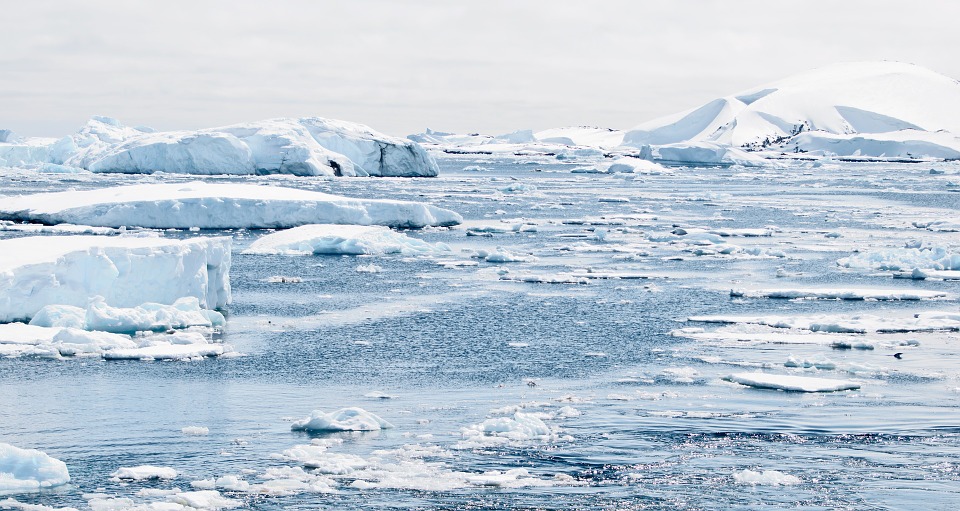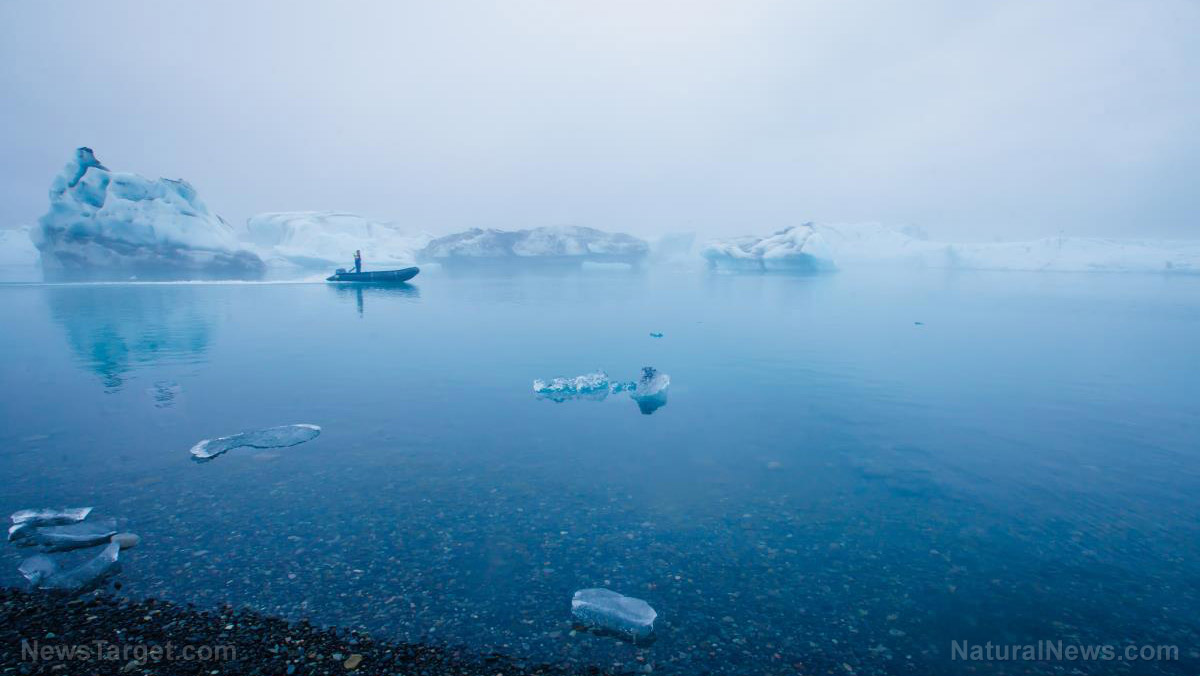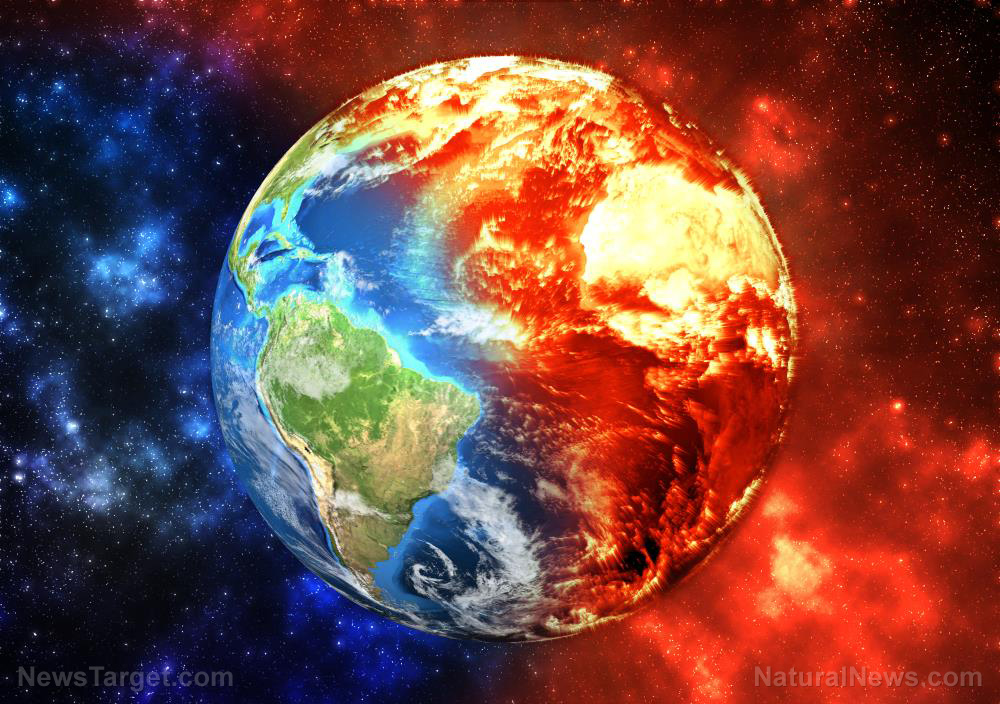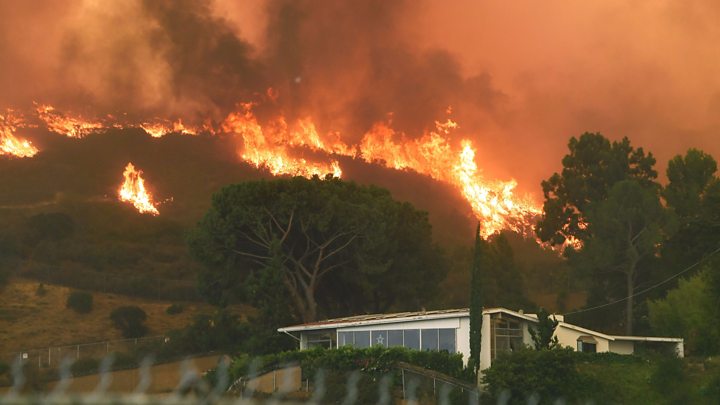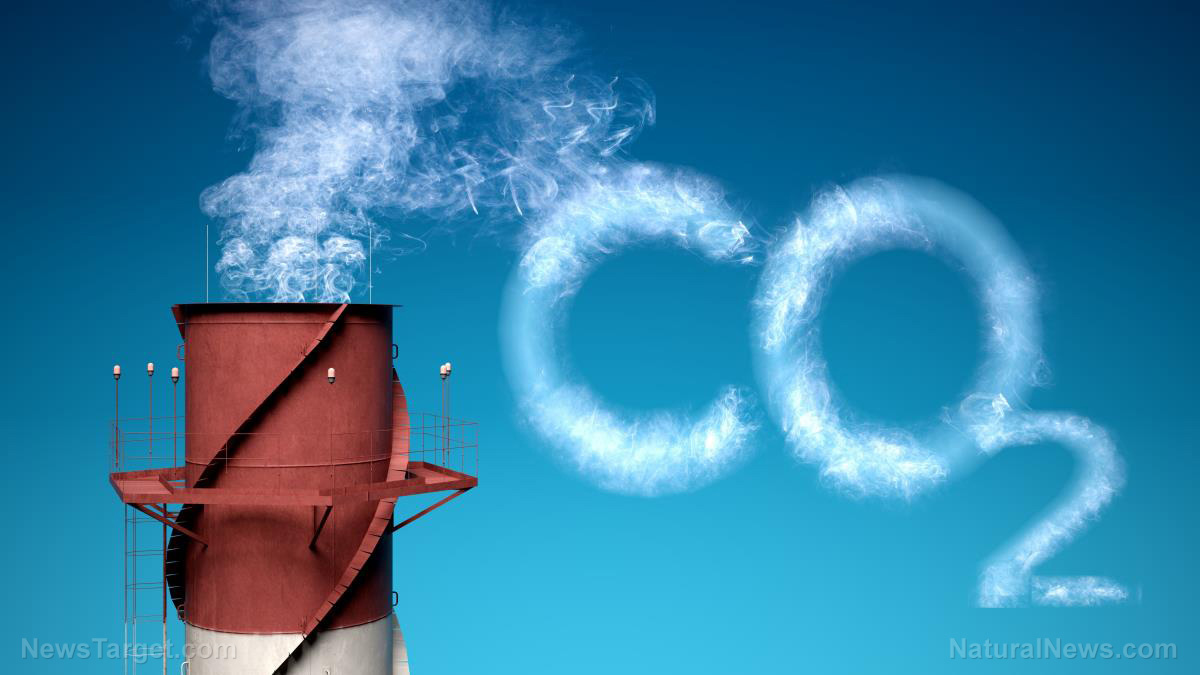New research finds it was a LACK of carbon dioxide in the atmosphere that led to climate change in ancient times
12/22/2017 / By Lance D Johnson

Researchers from the University of Southampton have found ancient evidence suggesting that carbon dioxide levels in the atmosphere affected climate conditions approximately a hundred million years ago, but these are not the results that modern day climatologists want to hear. Modern climate change studies desperately want to correlate rising carbon dioxide levels with “climate change.” However, it was a lack of carbon dioxide in the atmosphere that led to sweeping temperature changes about a million years ago.
The international research team used an “Earth system” model along with geochemical measurements to pinpoint changes in continental ice sheets. This narrowed in on a timeframe when the Earth experienced extreme dips in atmospheric carbon dioxide levels. These drops in CO2 coincided with glacial intervals that brought about extremely cold climatic conditions. The conditions lasted around 400,000 years in what is known as the Mid-Pleistocene Transition (MPT) period.
The researchers came across the findings when they discovered abnormal abruptions in the Earth’s Milkovitch Cycles which cycle naturally every 40,000 years. During naturally-occurring Milkovitch Cycles, ice ages are part of a normal cycle caused by regular changes in the way the Earth orbits the sun. These natural cycles are also influenced by the way Earth spins on its axis in relation to the gravitational pull of other planets. Normally these cycles are predictable. The celestial changes cause climate to cycle from frigid glacial intervals where continental ice covers most of North America and Europe, to warm interglacial climates that free up ice in Europe and North America.
The disruption in this natural cycle occurred about a million years ago, altering the Milkovitch Cycle to a pattern of freeze and thaw over a longer time period of 100,000 years. This disruption was observed during a time when carbon dioxide levels were at their lowest. Dr. Tom Chalk of the University of Southampton explained that the Antarctic ice cores showed changes in atmospheric CO2 during this disruption in climate.
“CO2 was low when it was cold during the glacials and it was higher during the warm interglacials – in this way it acted as a key amplifier of the relatively minor climate forcing from the orbital cycles.”
Dr. Chalk noted that the ice core records are only measurable up to 800,000 years ago. In order to study carbon dioxide levels during the transition periods, the team had to devise a technique that examined the boron isotopic composition of the shells of ancient marine fossils. Their best bet was to study tiny marine plankton called “foraminifera.” These plankton once lived near the sea surface and harbored the chemical makeup of their environmental conditions when they swam the seas over a million years ago.
Professor Gavin Foster explained that the research team was able to use boron isotope measurements to obtain variable measurements in atmospheric CO2 from up to 1.1 million years ago. He explained that there were two main differences:
“[F]irstly, during the glacials before the MPT, CO2 did not drop as low as it did in the ice core record after the MPT, remaining about 20-40 parts per million (ppm) higher. Secondly, the climate system was also more sensitive to changing CO2 after the MPT than before.”
Looking further, NERC Independent Research Fellow Mathis Hain used a biogeochemical model to determine why glacial aged CO2 declined by 20-40 ppm. Their models determined that the lack of CO2 during the MPT coincided with a drop-off in dust to the Southern Ocean. During the normal glacial periods in the Milkovitch cycle, higher concentrations of dust brought necessary levels of iron to the Southern Ocean, encouraging the growth of phytoplankton. During the time-frame when there was less CO2 in the atmosphere, there wasn’t enough iron or phytoplankton and this locked more CO2 away in the deep ocean.
In other words, climate change during this era was caused by a complex series of factors including ocean currents, iron content of dust returning to the Southern Ocean, the subsequent loss of phytoplankton growth, the locking away of CO2 in the ocean bottoms, and the lack of CO2 returning to Earth’s atmosphere. The researchers commented that the less dusty climate conditions after this altered MPT could be caused by ice sheet formation and atmospheric circulation, too.
The complexity of the Earth’s climate, its natural cycles, and its relationship with celestial cycles should not be trivialized just to advance a sensationalist climate change agenda that blames human activity for the demise of the planet. For the most part, the Earth’s climate is beyond man’s control. (Related: Major climate change study just confirmed the climate was changing dramatically in the 1800s, long before the invention of the combustion engine.)
Sources include:
Tagged Under: carbon dioxide, celestial cycles, Climate, climate change propaganda, ice formation, iron, Milkovitch cycles, plankton population


